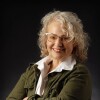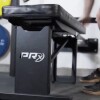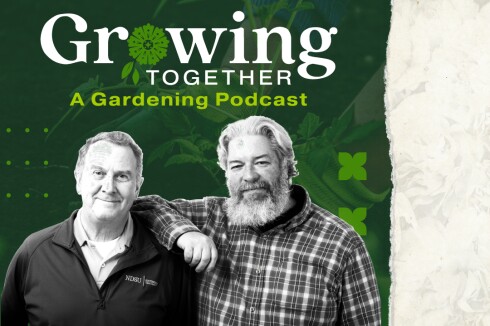FARGO — It's hard to believe that five years have passed since COVID-19 shut down the world as we know it, because the pandemic affected every single thing — including our perception of time.
Like 9/11 or any world-changing event, we’ve organized our mental calendar according to B.C. (Before COVID) and A.C. (After COVID).
As hindsight is 2020 (which, coincidentally, was the year it all started) we can look back and ask: Who are we after COVID? How did the virus shape us, as individuals, communities or society as a whole?
As weird as it seems now, many initially viewed it as a novelty and a mini vacation, which would surely be over in a few weeks if we hunkered down and sheltered in place.
If we had enough toilet paper and Lysol, we’d be OK, right?
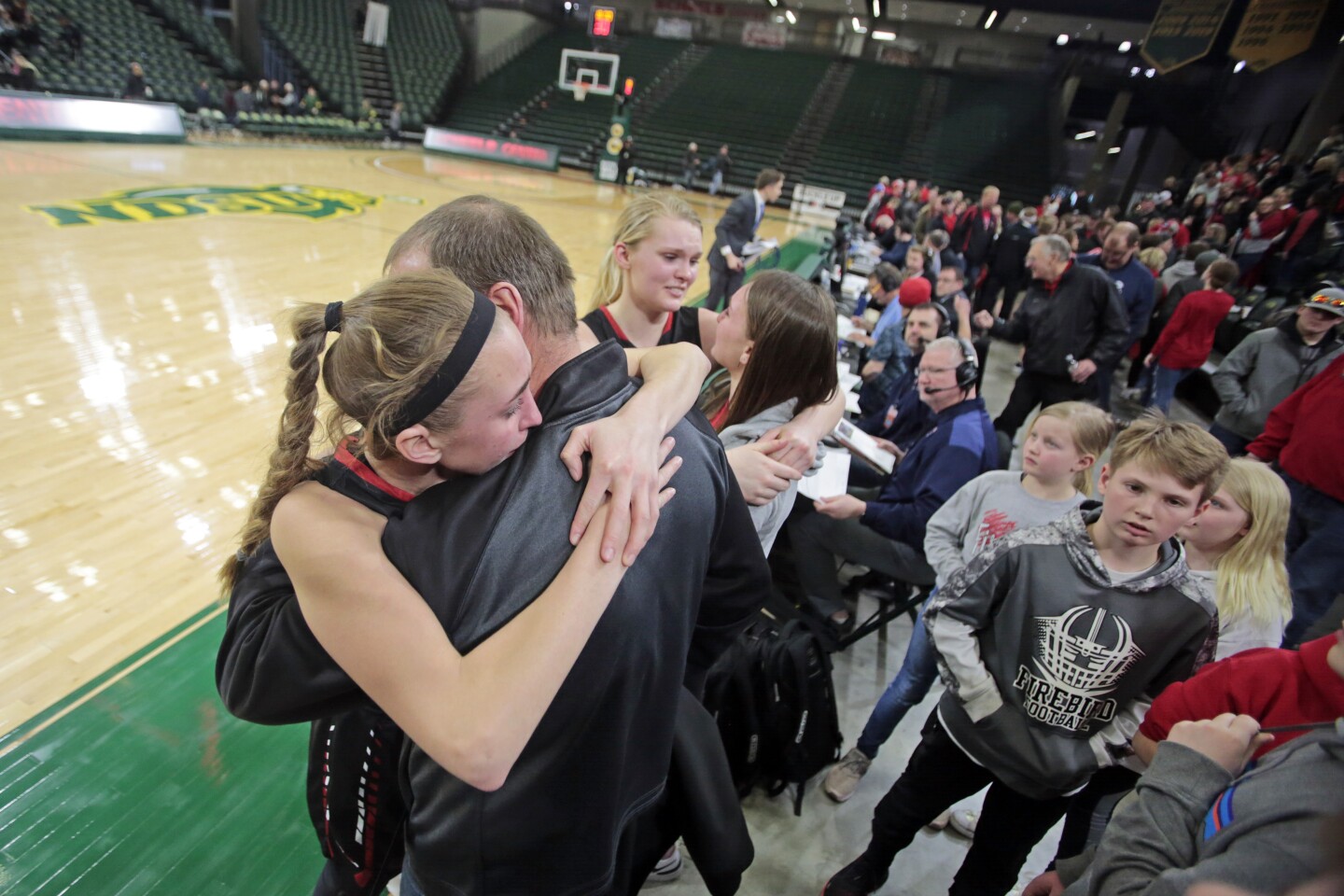
College kids celebrated their extended spring breaks, perhaps assuming they would be back in school in no time. Young children pasted hopeful paper hearts on windows and drew inspiring messages in colored chalk on their driveways. Volunteers whipped up masks by the thousands for health care workers.
Even we adults didn’t seem to mind too much. Who could complain about remote work in your PJs while your dog snoozed at your feet?
Zoom meetings initially seemed like a fresh change of pace. They offered a fascinating peek into people’s home lives, especially when someone’s carefully groomed facade was shattered by a naked toddler streaking by, a cat butt blocking the camera or a spouse yelling at the kids in the background.
People power-walked, bought free weights and vowed to get in shape. (However, sourdough bread-baking, 24/7 yoga pants and stress-eating aren’t conducive to fitness, so many of us eventually wound up turning the treadmill into a clothes rack for all those retail-shopping binges on Amazon.)
ADVERTISEMENT
Connecting despite social distancing
A feeling of community was everywhere. Neighbors waved and friends air-hugged from afar. Families amused themselves by going for long drives in the country just to find a new quiet gravel road to hike and a new blade of grass for the dog to sniff.
Spring evenings filled with the smoky, slightly sweet aroma of campfires, as people made backyard firepits a regular ritual.
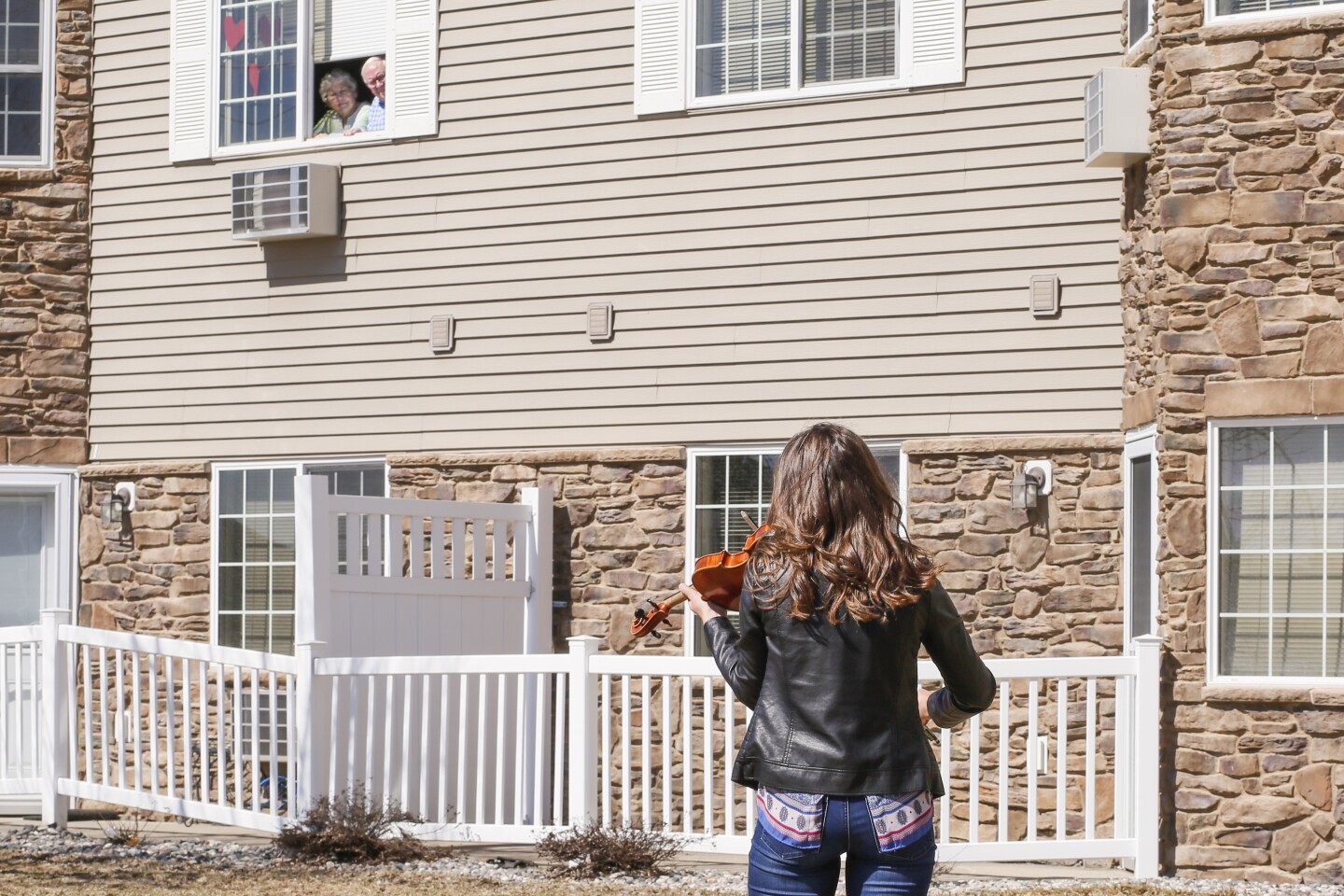
We got creative in how we spent our time. Remember the 8 p.m. “howl,” when folks would channel their inner wolves by “howling” from their doorsteps? The virtual cocktail hour? Parking-lot bingo or drive-in movies at the Red River Valley Fairgrounds? Violin serenades held outside of retirement homes for senior citizens (perhaps the most isolated of all)?
It brought us back to old-school pastimes and homespun hobbies — Gardening! Pie-making! Letter-writing! — as we finally had time to tackle the ambitious projects we always wanted to try.
It introduced oddities like the drive-by graduation party, wedding or baby shower.

For a magical period of time, it saved us from wearing “hard pants.”
ADVERTISEMENT
Online sales boomed for companies like Amazon, Peloton, Clorox and Zoom, even while many restaurants, movie theaters and other brick-and-mortar businesses struggled. Yet there were exceptions: Barnes & Noble did better than it had in years, as people finally found time to curl up with a good book.
COVID also sparked so many pet adoptions that rescues could scarcely meet the demand. (Sadly, some of those “COVID puppies” wound up re-homed after developing separation anxiety when their 24/7 housemates returned to office and school.)
It created its own lexicon, from the scientific (“flatten the curve” and “contact tracing”) to the slangy ( “the ‘rona,” “FauciOuchies”). It became impossible to go a single day without hearing “the new normal,” even though life felt like anything but that.
Every new day brought a new theory about "the 'rona." Take more zinc! Shave your beard! Sanitize your Instacart groceries as if you're scrubbing for heart surgery!
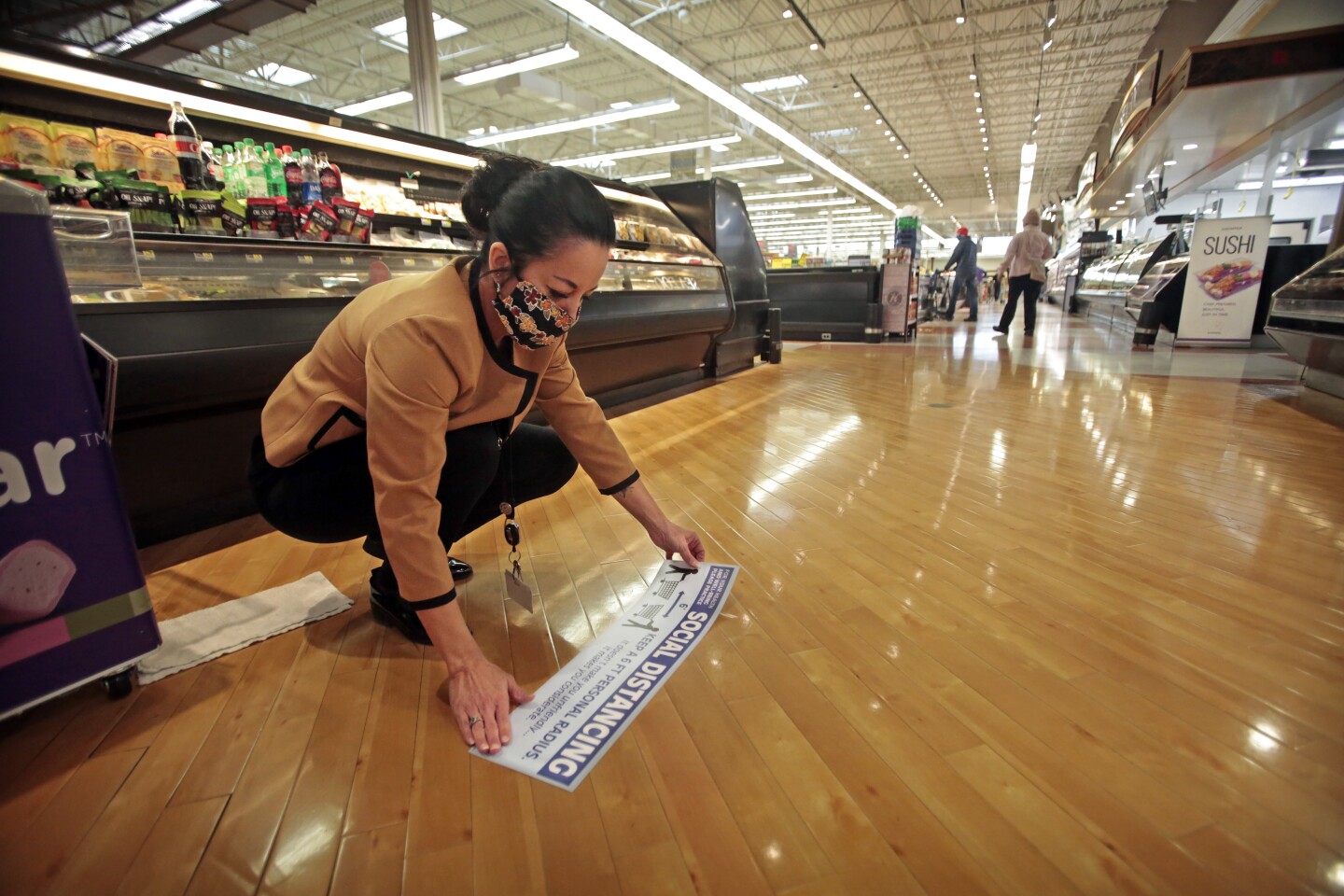
It turned us into a nation of Door Dashers and Grub Hubbers, who were willing to pay $21 for a Blizzard delivered to our door.
As it forced us to live and work in our homes, we realized our kitchens were inefficient and our offices were too small. A wave of home improvement followed — if we could afford the lumber.
It caused families to spread out as much as humanly possible in their homes, so as not to interfere with mom’s work Zoom or little brother’s online class. Our home Wi-Fis struggled to support these new demands on bandwidth, so we sometimes had to make sure other family members didn’t stream YouTube when Dad had his Teams job interview.
ADVERTISEMENT
In fact, it made social distancing the “new normal” in every setting — from lines at the pharmacy to city commission meetings, church services and even baseball games.
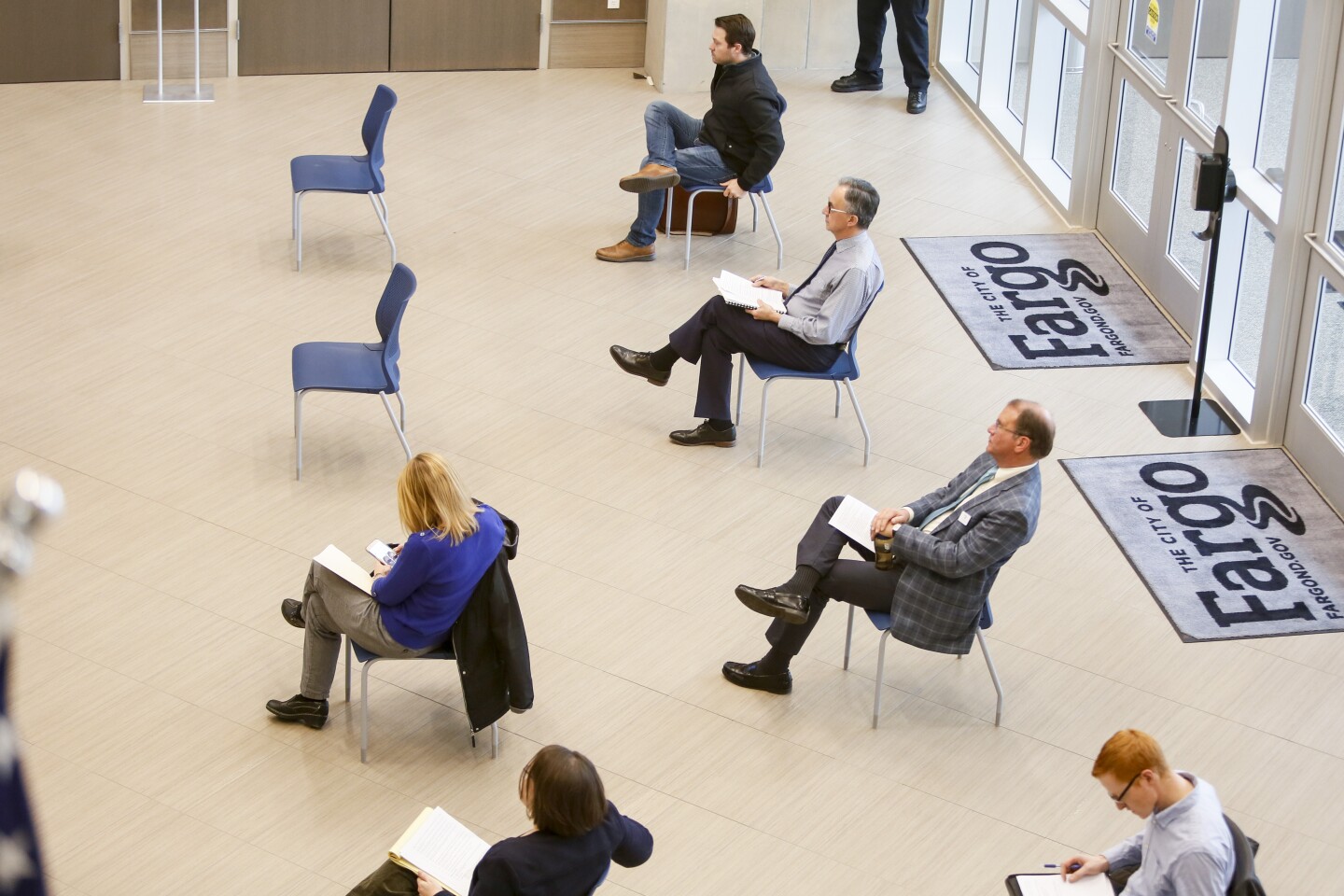
It forced educators to get creative in order to keep online learners engaged. That included tactics like calling directly on individual students to see if they were listening or requiring students to have their cameras on at all times.
It became more acceptable to cancel plans or take a day off for feeling unwell, allowing people to take better care of themselves and hopefully slow the spread of all contagious illnesses.
It prompted a major workforce shift. Some older workers retired early — sometimes by choice, sometimes not. Many workers in the hospitality industry lost their jobs and didn’t return when those venues re-opened. Middle-managers, who picked up the slack when employees left, reported widespread burnout.
As the workforce hemorrhaged workers, some experts predicted the labor shortage would prompt better pay and working conditions for employees. But many companies eventually returned to doing business as usual.
Through it all, a silver lining emerged: An unprecedented number of employees saw the pandemic as a turning point — a reminder that life was too short to do work that didn’t satisfy them. Many left their old jobs to start a business or find a job that more closely aligned with their values.
ADVERTISEMENT
A growing divide
But all was not paper hearts and sourdough bread. Far from it. COVID-19 laid bare a lot of fractures in our societal and political worlds. True, they had been festering for years for people who would acknowledge them. But COVID stripped away all of the pretense.
Conspiracy theories thrived. Different factions emerged based on people’s core beliefs and social media bubbles. The divide grew wider between those who believed in science and those who viewed the pandemic as a conspiracy, with different politicians and media companies widening the gulf even more.
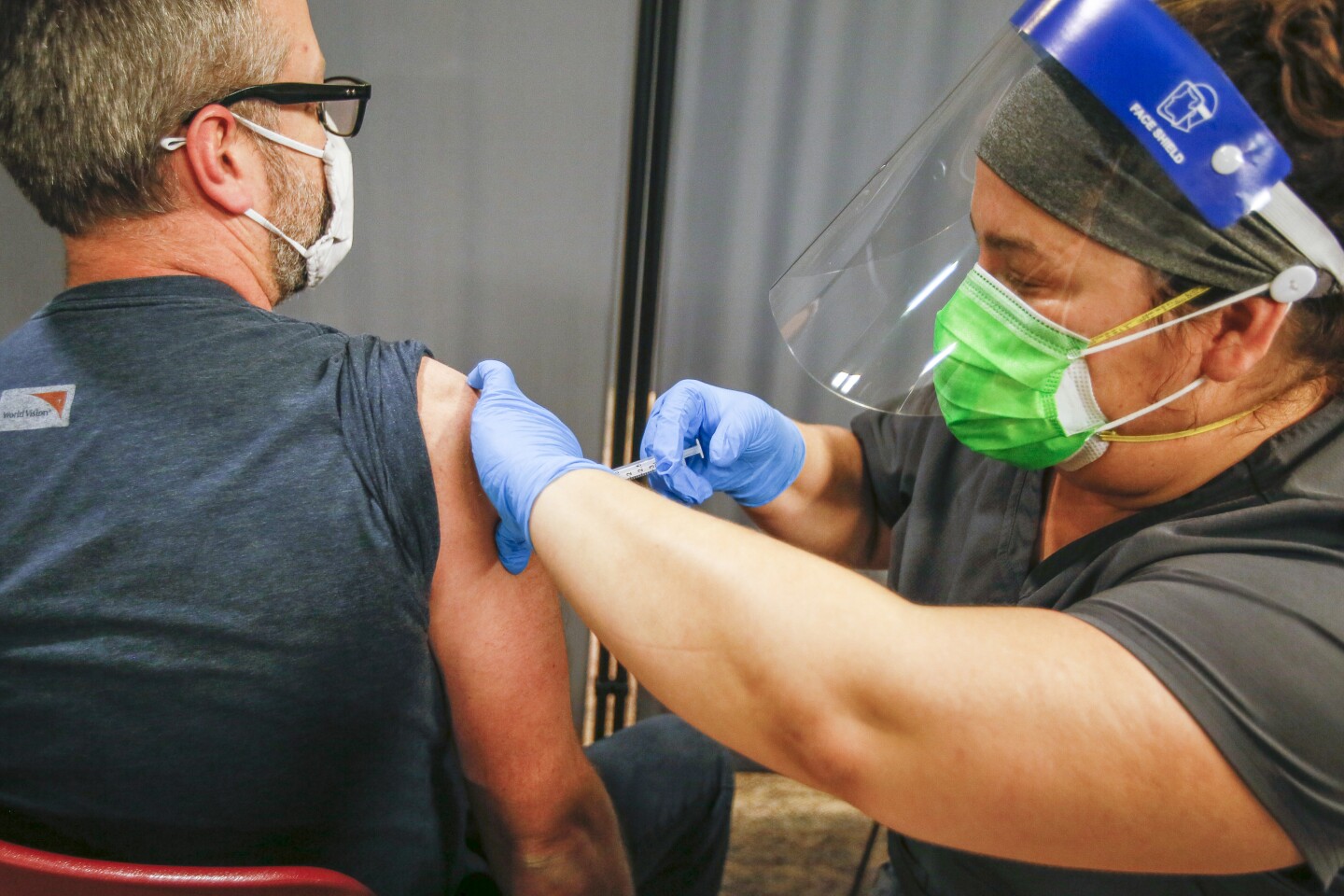
Vaccines were released in a record amount of time, but even these fueled powerful “for” and “against” factions.
By now, nothing around the pandemic was novel or new. We were fed up with the online meetings, the isolation and the doomscrolling that made us feel more helpless and hopeless.
COVID took away many of the support structures that had long helped us feel safe: the schools our kids attended every day, the belief our modern medical system could handle almost any disease, the jobs that felt secure, the neighbors and friends we saw as part of our community, the supply chains that seemed to effortlessly crank out cleaning supplies and flour and freezers.
It’s no surprise that our country’s mental health plummeted, as therapists struggled to minister to our collective anxiety, depression and loneliness, as well as our fears over our country’s growing ideological chasm.
The pandemic took away graduations, weddings and funerals in a way that could never be replaced.
ADVERTISEMENT
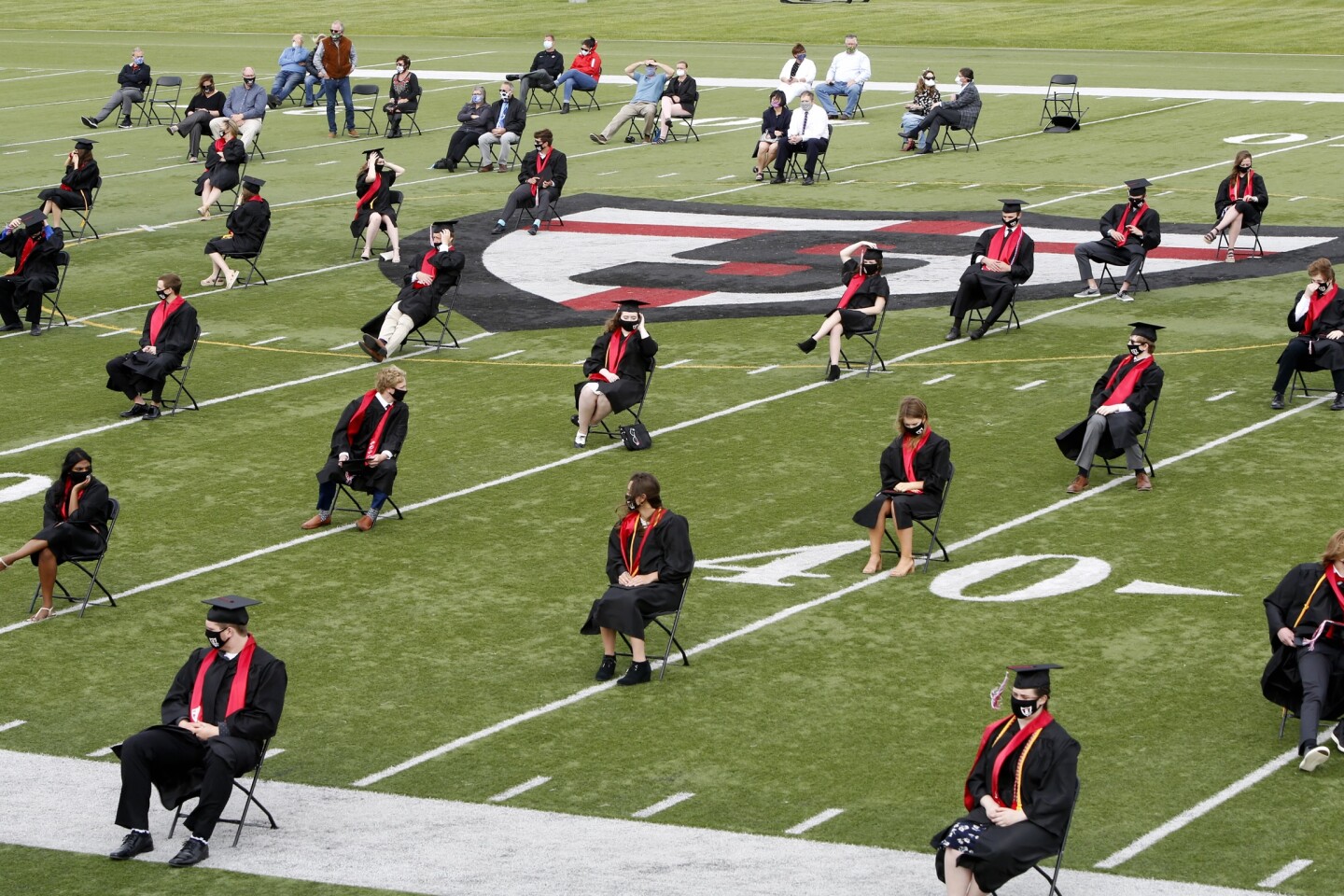
It made “sheltering in place” increasingly more dangerous in homes wracked by domestic violence.
It forced people to die in hospitals alone, because every precaution was needed to avoid the virus’s spread.
Exhausted health care workers became the undeserving targets for our anger and frustration. Hospitals had to post signs warning to be nice or get kicked out. Unsurprisingly, burnout surged, especially in health care and education.
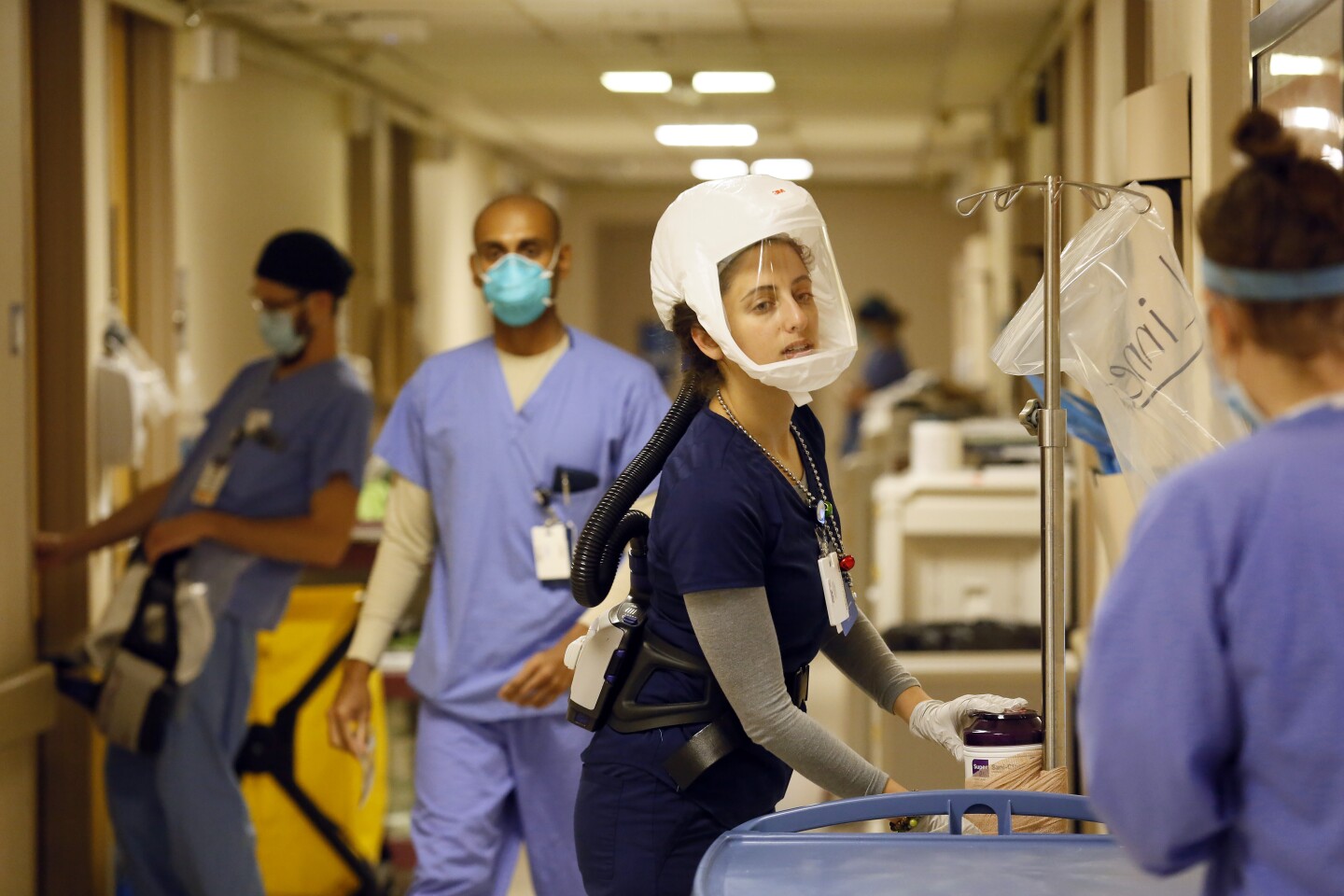
We watched our children struggle with remote learning, trying to contain kindergartners who had barely learned to sit still as they now had to learn through a computer screen and teenagers who rolled their eyes at us for asking questions about their classes.
We watched our kids’ mental health suffer as they were cut off from their peers and from many of the adults who backed us up as a support system. We watched them hurt as their sense of security was ripped away from them overnight.
As we tried to be their pillars of support, we were worried too. Would our jobs survive? And then what if we catch this thing, get sick and die? Would we lose our house? Would we lose a loved one or friend?
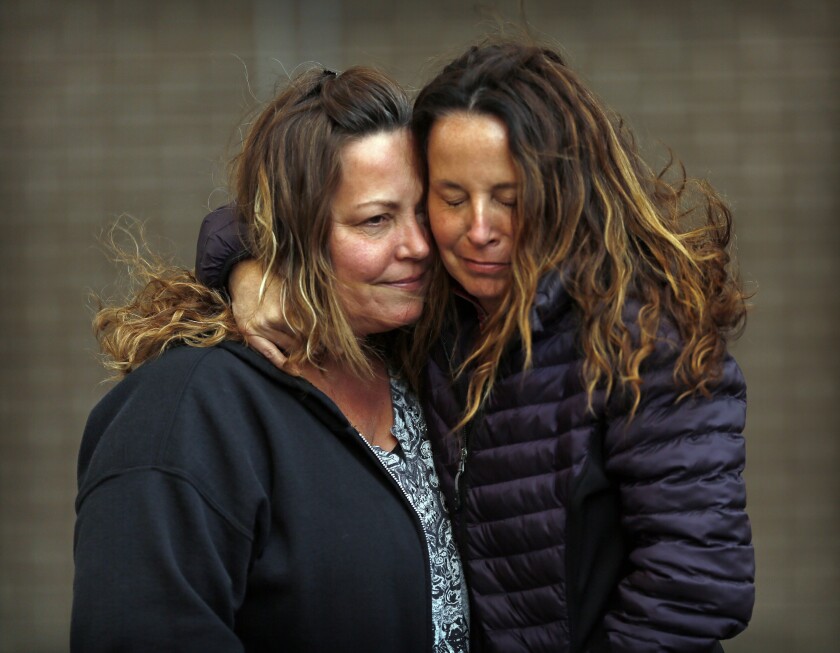
We gained further respect for the teachers and support staff at our schools, who also had those worries yet managed to do their best for students. Some grew accustomed to lecturing to banks of screens with the cameras turned off. Those of us who balanced working from home with overseeing distance learning became much more grateful not to be homeschooling parents.
When we finally emerged from the darkness, we felt hopeful and grateful. Grateful that we had survived and that this grim period seemed to be behind us.
Suddenly, we were set free — but was that OK? It felt odd to do normal things again. Should we be driving around? When do we stop wearing masks? How do we make small talk again?
It was baffling to look back and see how a few years of COVID had managed to warp and twist hundreds of years of ritual and habit.
Life returned to its usual pace, but we were never quite the same. We had seen how fragile we are and how much we need each other.
And what was the point, we wondered? Was it to see the value of health? Should we learn how to work together, even if we had different beliefs? Was it time to focus on the collective good instead of our own well-being?
And if it happens again, what have we learned?
These Forum employees contributed to this column: Alicia Strnad, Tasha Carvell, Kris Kerzman, Anna Paige, Helmut Schmidt, Kaity Young, Matt Von Pinnon and Ingrid Harbo.


